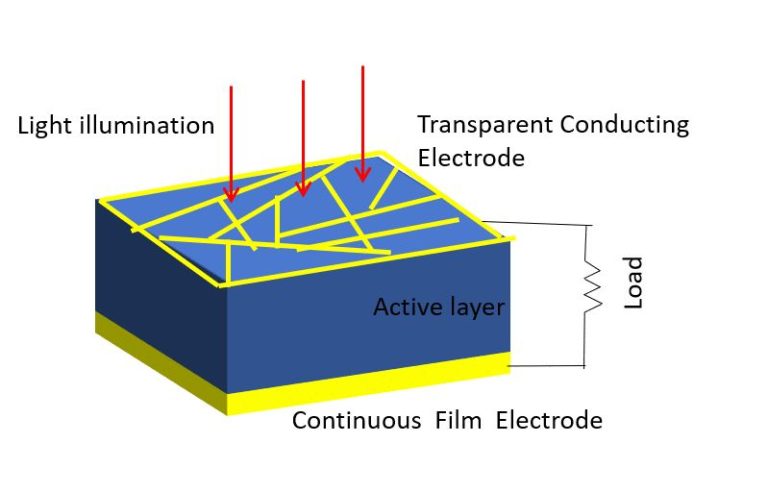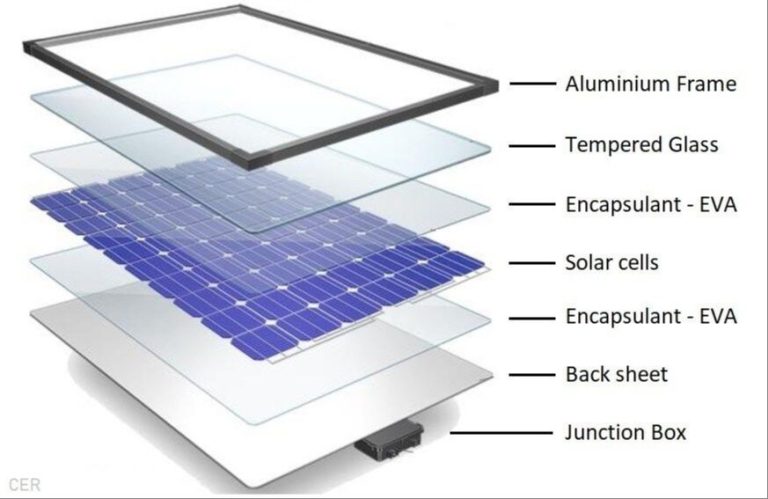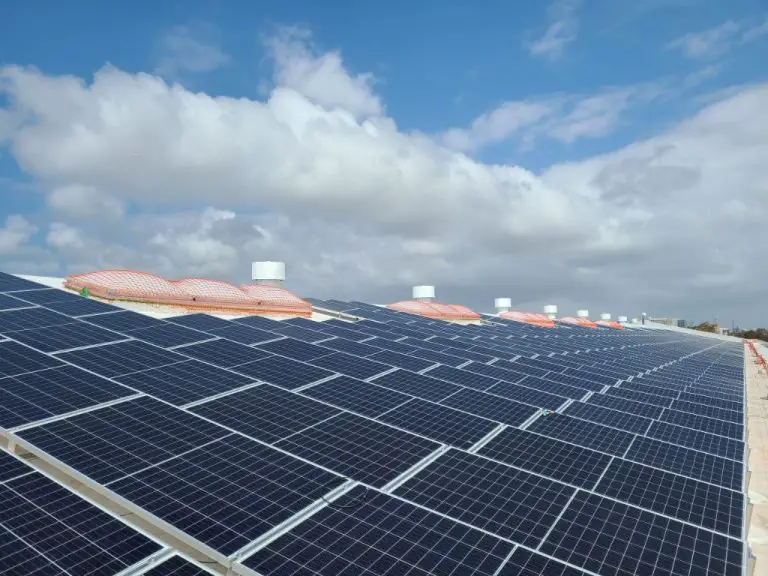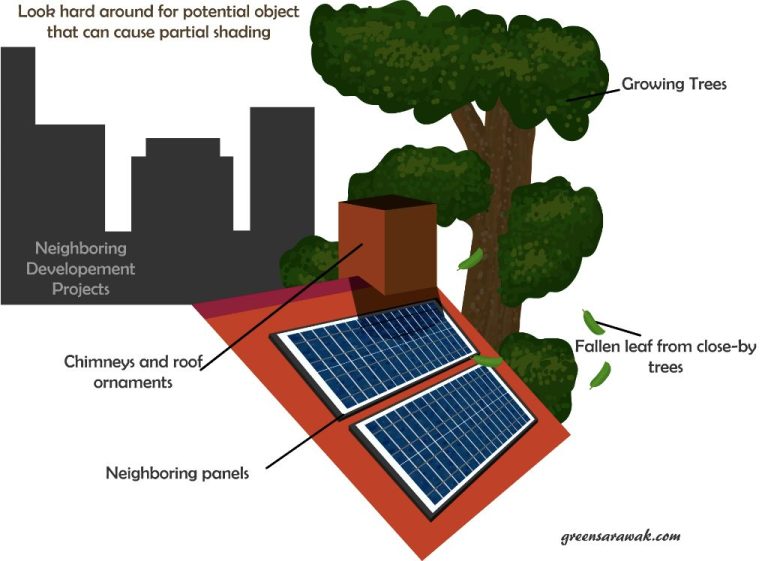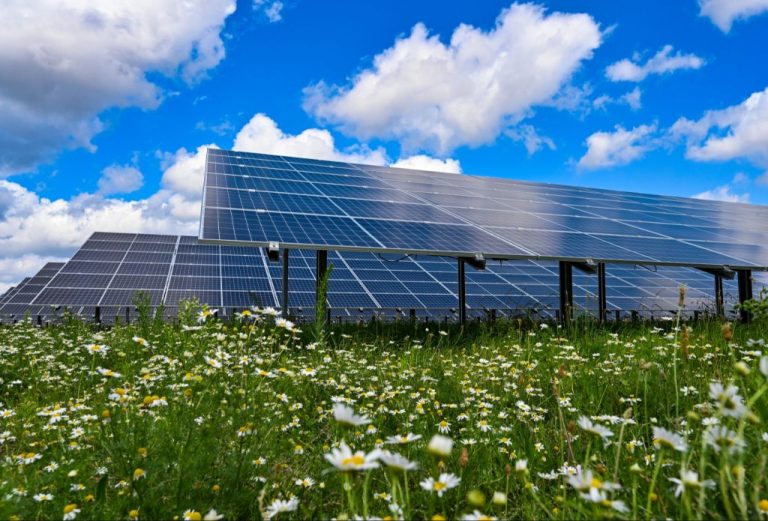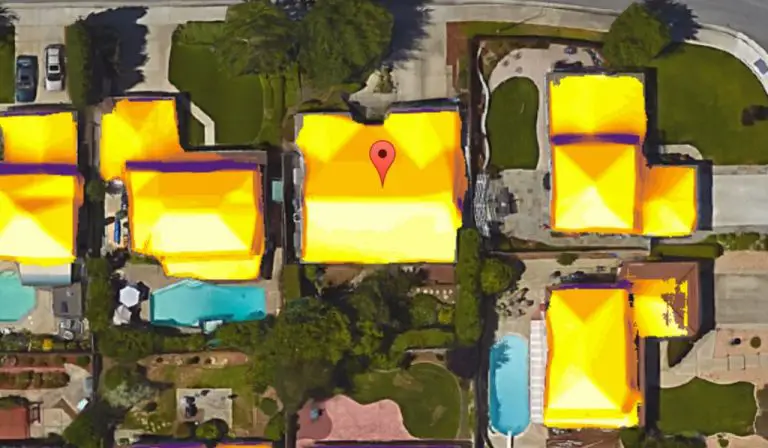What Is The Future Forecast For Solar Power?
Solar power has experienced exponential growth over the past decade. In 2016 alone, solar power capacity increased by over 50%, establishing it as the world’s number one source of new energy capacity (https://www.savingwithsolar.com.au/worldwide-solar-power-growth-2017/). This growth is expected to continue as solar technology improves and costs decline. Solar energy has gone from a niche source to a mainstream energy option that is now competitive with fossil fuels in many parts of the world.
Current State of Solar Power
Solar power currently provides a small but growing percentage of electricity in the United States. According to Pennsylvania’s Solar Future Plan, solar energy provided less than 1% of total electricity generation nationwide as of 2018. However, the amount of solar generation capacity has been increasing rapidly over the past decade. Certain states like California and Arizona now get over 10% of their electricity from solar power.
In Pennsylvania specifically, solar energy provided less than 1% of in-state electricity generation as of 2018, according to the state’s Solar Future Plan. However, Pennsylvania is working to expand solar adoption, with a target of generating 10% of its electricity from solar by 2030.
Solar Panel Efficiency Improvements
Solar panel technology has improved drastically in efficiency over the past decade. According to https://sistinesolar.com/solar-panel-efficiency-improvements/, recent developments for solar panels include new manufacturing processes, materials, and solar cell designs that have increased efficiency. Most panels today have between 15-20% efficiency, a large jump from the 5-10% just 10 years ago.
Per https://palmetto.com/learning-center/blog/solar-panel-efficiency, lab tests have shown solar panel efficiency reaching over 47%. Multi-junction cells with stacked layers can capture a broader light spectrum and achieve these ultra-high efficiency ratings. However, these new designs are still costly to manufacture compared to traditional silicon panels. As manufacturing scales up, costs should come down and make high-efficiency panels economical in the next 5-10 years.
Overall, the trend is clearly towards panels that can convert a greater percentage of sunlight into electricity. According to https://www.igs.com/energy-resource-center/energy-101/solar-panel-efficiency, increased competition and investments into R&D are rapidly improving solar efficiency. Experts predict the average efficiency for commercial panels will reach over 25% by 2030. These advances will further reduce the cost per watt of solar energy.
Cost Reductions
The prices of solar panels have dropped dramatically over the past decade. According to a report from Solar Power World, the average cost of solar panels fell by over 70% from 2010 to 2019. The most significant price declines happened between 2010 and 2014 when prices dropped from $3.50 per watt to $0.89 per watt. Solar Water Pump Manufacturer notes that this sharp decrease was driven by an oversupply of panels from China as well as technological improvements that made production more efficient.
While prices are not dropping as quickly now, experts still expect modest decreases in the coming years. Intermountain Wind & Solar predicts panel prices will decline 5-10% annually over the next 5-7 years before leveling off. The continuing gradual price declines are being fueled by economies of scale as more panels are produced globally as well as incremental tech advancements. However, the easy big reductions have already happened so future cost savings are expected to be more modest.
Government Policy
Government policies at the federal, state, and local level have played a major role in enabling the growth of solar power in the United States. Key policies that have driven adoption of solar include tax credits, rebates, renewable portfolio standards, and net metering laws.
The federal government offers a 26% tax credit for installing residential solar panels, and a 22% tax credit for commercial installations, through the end of 2024 (Solar Incentives by State in 2024). Many states offer additional tax credits and rebates, such as in California which provides rebates up to $3,000 for low-income homes installing solar (Government Solar Incentives – What programs are available?). Local governments also provide property tax exemptions in some areas for homes with solar panels.
Additionally, 30 states have renewable portfolio standards which require utilities to source a certain percentage of their electricity from renewable sources. Solar has been a major beneficiary of these policies. Net metering laws enable solar panel owners to sell excess electricity back to the grid at retail rates.
Grid Parity
Grid parity refers to the point at which solar generation costs the same as or less than electricity from the grid [1]. Analysts predict that solar will reach grid parity in a growing number of markets in the coming years as costs continue to fall. In a 2013 analysis, the Institute for Local Self-Reliance found that rooftop solar PV systems had already reached grid parity in New York City and San Francisco [2]. One 2014 study looking at Malaysia found that solar would achieve grid parity there between 2020-2025 under most scenarios [3]. As solar reaches widespread grid parity globally, it is expected to become the cheapest form of electricity generation in many markets, accelerating its rate of adoption.
Battery Storage
As solar power generation grows, there is increasing interest in pairing solar panels with battery storage systems[1]. Battery storage allows households and businesses to store excess solar energy produced during the day for use at night. It also provides backup power in case of grid outages. The global solar battery storage market is projected to grow at a CAGR of over 30% from 2021 to 2027[2].
Lithium-ion batteries are the most common technology used in solar storage systems today. Costs for lithium-ion batteries have dropped nearly 90% in the last decade, making them more affordable. Continued declines in battery prices will further drive adoption of solar+storage systems.
Adding battery storage increases the value proposition of residential solar panels. It allows homeowners to maximize their solar energy usage and become less reliant on the grid. Many homeowners are now opting for solar+storage systems rather than solar alone.
Corporate Adoption
As the costs of solar power have declined, more and more companies are installing solar panels to reduce their electricity costs and meet sustainability goals. According to this source, major mining companies in South Africa such as Sibanye-Stillwater, Anglo American, and Gold Fields are installing large-scale solar power projects. Sibanye-Stillwater is developing a 175 MW solar facility, while Anglo American is developing a 5 MW solar and battery storage project. Additionally, according to this Reddit post, companies like Harmony Gold, Impala Platinum, and Northam Platinum are also adopting solar energy. As solar costs fall further, we can expect to see more corporations install solar panels to reduce electricity expenditures and lower their carbon footprints.
Residential Adoption
The adoption of solar panels by homeowners has grown significantly in recent years. This is driven by a few key factors:
Home Solar Panel Installations
The number of rooftop solar installations on homes has risen dramatically as costs have declined. Home solar has expanded beyond early adopter states like California and now has a significant presence across the country. Many homeowners are installing solar to reduce their electric bills, gain energy independence, and help the environment. Federal and local tax credits and incentives, along with innovative financing like solar leases and loans, have also made home solar more accessible and affordable. The ease of installation has improved as well. Going forward, rooftop solar on homes is expected to continue growing as costs fall further and more homeowners see the value proposition.
Future Projections
Solar power capacity is projected to continue growing substantially in the coming decades. According to the International Renewable Energy Agency (IRENA), global solar photovoltaic (PV) capacity could grow from 755 gigawatts (GW) in 2020 to over 8,500 GW by 2050 under their Planned Energy Scenario, representing over 20% of global power capacity by 2050 (1).
The International Energy Agency (IEA) projects that solar PV capacity could reach over 6,000 GW globally by 2050 in their Stated Policies Scenario, representing nearly 20% of electricity generation. Their Sustainable Development Scenario sees solar PV capacity reaching 12,000 GW by 2050, generating nearly 40% of global electricity (2).
Major growth is expected to come from large-scale solar farms, as well as distributed rooftop solar on homes, businesses, and industrial facilities. Developing countries are also projected to install increasing amounts of solar capacity to meet rising electricity demand and offset fossil fuel use. If solar panel costs continue to decrease and storage technology improves, the future outlook for solar power penetration appears very promising.

